Dark Design Patterns Catalog
Summary: New regulations from the Government of India prohibit the use of 12 common dark design patterns. These sneaky practices are unethical applications of established UX knowledge to make interface designs that harm users instead of helping them.
“Dark design patterns” are ways of cheating users through a variety of misleading user interfaces — or sometimes simply by making it unnecessarily difficult to accomplish actions that the user wants but that the company wants to prevent, such as canceling a subscription. Simply evil!
In the United States, the Federal Trade Commission (FTC) recently filed suit against Amazon.com, alleging that it stepped over the line, intending to dupe customers into subscriptions they never sought and then preventing them from escaping the traps they had unwittingly entered. This case is not resolved, so we don’t know if Amazon’s dark patterns are actually illegal. In my review of the case, I deemed some of Amazon’s dark design patterns to be sufficiently egregious to be worth 4 of 5 skulls, whereas others only earned 2 of 5 skulls.
Evil design has been with us since the beginning of the web. The Government of India is now talking steps to fight dark design. (Dall-E)
On November 30, 2023, the Government of India issued new regulations outlawing many dark design patterns in India. (Warning: this link leads to an 11-page PDF file that includes the new regulations first in Hindi and then in English.) I’ll list and evaluate the dark patterns they mention in the new Indian regulations, even though this will be at the risk of giving certain people bad ideas.
Hopefully, the fact that these dark design patterns are now illegal in the world’s largest country will serve as an impediment to more companies embracing these nasty ideas. In any case, I have always believed more in shining light on nefarious dark practices than in trying to keep them secret.
In total, the regulations list 13 dark design patterns, which I’m discussing below. As you can see, they are of different degrees of obnoxiousness, but they are all bad and should be avoided by ethical UX professionals. Now you have my word for this as well as the word of the Indian Government.
False Urgency
This is defined as falsely stating or implying a sense of urgency or scarcity so as to mislead a user into making an immediate purchase or taking immediate action. Examples are showing the false popularity of a product or service to manipulate user decision, or stating that quantities of a particular product or service are more limited than they actually are.
This dark design pattern is an abuse of the well-known scarcity principle from behavioral economics, which says that limited availability of a product increases its perceived value and consumer demand.
Since false urgency involves actively lying to users, it’s one of the worst dark patterns, and so I rate it:
False Urgency creates an illusion of limited availability to rush buying decisions. (Dall-E)
Basket Sneaking
In the US, the equivalent name would be “Cart Sneaking,” since it’s more common to refer to a shopping cart than a shopping basket when discussing ecommerce UX.
“Basket sneaking” means adding additional items such as products, services, payments to charity or donations at the time of checkout from a platform, without the consent of the user, such that the total amount payable by the user is more than the amount payable for the product or service chosen by the user.
The regulations sensibly clarify that free samples, providing complimentary services, or the addition of necessary fees disclosed at the time of purchase, shall not be considered as basket sneaking.
(Of course, this begs the question of whether such fees are indeed disclosed with sufficient usability and not hidden in a part of the page that we know from eyetracking attracts little attention.)
Assuming that the extra items are still listed as line items in the shopping cart, this may not quite rise to the level of a 5-skull design sin. However, because basket sneaking is basically stealing from any users who don’t scrutinize their checkout forms carefully, I still rate it:
Basket Sneaking secretly adds items at checkout, thus inflating the cart total. (Dall-E)
Confirmshaming
Confirmshaming (also sometimes called manipulinks) means using a phrase, video, audio or any other means to create a sense of fear, shame, ridicule, guilt in the mind of the user so as to nudge the user to act in a certain way that results in the user purchasing a product or service from the platform or continuing a subscription of a service, primarily for the purpose of making commercial gains by subverting consumer choice. The example given in the Indian regulations is a travel site that the phrase, “I will stay unsecured,” when a user does not add insurance to the purchase of an airline ticket.
While unpleasant, I don’t view confirmshaming as nearly as harmful as the other dark design patterns, since it doesn’t actually trick users. It simply goes overboard with another behavioral economics principle: that of framing (how the presentation of information influences decisions, with different wordings or contexts leading to varying perceptions and choices by individuals). I only judge this dark pattern to rate:
Confirmshaming nudges with ridicule or fear, using guilt as a sales tool. (Dall-E)
Forced Action
This happens when a user is prevented from buying or subscribing to the product or service originally intended by the user without taking an action that would require the user to buy additional goods, subscribe or sign up for an unrelated service, or share personal information.
This dark pattern can rate different numbers of skulls, depending on the specific implementation. One example is when a vendor simply has forced bundles, where you can’t buy product A without also buying product B. This is common when selling cable TV subscriptions and is often strongly disliked by customers who obviously don’t like paying for channels they don’t watch. However, if the bundling is clearly disclosed upfront, then I don’t view this as a dark pattern in terms of user interface design. Overcharging is not dark; it’s simply unpleasant, and customers can take it or leave it as they please, depending on whether they judge the value of the one thing they want to be higher or lower than the price of a bundle that includes some worthless items. Under the assumption of clear up-front disclosure, this type of bundling (or forced purchase of more than the user really wants) rates:
On the other hand, several scenarios described in the Indian regulations are much more nefarious. For example, “prohibiting a user from continuing with the use of product or service for the consideration originally paid and contracted for, unless they upgrade for a higher rate or fee.” This is clearly bait-and-switch.
Another nasty example is forcing a user to download an unintended or unrelated separate app to access a service originally advertised on another app. For example, a user downloads app, X, meant for listing houses for rent. Once the user downloads X, they are forced to download another app, Y, for hiring a painter. Without downloading Y, the user is unable to access any services on X.
Such examples of forced action, where the add-on is not known before the user has committed to the first step are truly bad and rate:
Subscription Trap
This dark pattern is the common case of making it substantially harder to cancel a subscription than it was to start the subscription in the first place. Of course, the is no end to how difficult a company can make it to escape its clutches, but the most common cases of this dark design pattern rate:
Subscription Traps entrap users with a difficult exit process or convoluted unsubscribe features. (Dall-E)
Interface Interference
This approach manipulates the user interface in ways that (a) highlights certain specific information; and (b) obscures other relevant information relative to the other information; to misdirect a user from taking an action as desired.
Obviously, any UX design has to make some things more prominent than others. That’s not dark in and of itself. As I have always said, if everything is highlighted, nothing is highlighted.
The question is how unbalanced the information presentation is, especially in regards to downplaying options that users are likely to want, such as closing an advertising popup. In extreme cases, options or disclosures needed by the user can be so hidden that this pattern can be worth up to 5 skulls. But in most cases, you can still see the information you need, even when it’s played down more than it should be, for example by using a smaller typeface. These more common cases rate:
Bait and Switch
This is the practice of advertising a particular outcome based on the user’s action but deceptively serving an alternate outcome.
For example, a website offers a quality product at a cheap price, but when the consumer is about to pay or buy, the site states that the product is no longer available and instead offers a similar-looking product that is more expensive.
This is sufficiently deceptive to be worth almost 5 skulls, but under the assumption that the user is informed that the new product is not the one he or she originally wanted, I will rate this practice as:
Drip Pricing
This covers several different cases where the full price is not revealed upfront.
Various extra fees are only revealed surreptitiously within the user experience, which used to be very common on travel sites.
A product or service is advertised as free without appropriate disclosure of the fact that the continuation of use requires later payment.
The final price is not disclosed until after the purchase, i.e., charging an amount higher than the amount disclosed at the time of checkout.
These three examples are at quite different levels of egregiousness. In order of the above listing, I rate them:
Disguised Advertisement
This is when advertisements are cloaked as other types of content, such as user-generated content or news articles. Even worse examples include false advertisements, which are designed to blend in with the rest of an interface in order to trick customers into clicking on them.
Definitely annoying, but ultimately not as harmful as the other dark design patterns discussed here, so I rate this practice as:
Nagging
This term covers designs where a user is disrupted and annoyed by repeated and persistent interactions, in the form of requests, information, options, or interruptions, to effectuate a transaction.
Absolutely annoying, but more shade of gray instead of a truly dark pattern, as long as it’s clear what the annoying interruptions are asking for. The reason this design pattern does qualify as dark after all is that the designers hope that users will eventually click “OK” in the classic fly-swatting behavior to make the interruptions do away without actually reading what they’re agreeing to. I rate this:
Nagging repeatedly disrupts the interaction with annoying sale prompts. (Dall-E)
Trick Question
This is a dark use of the UX writer’s craft, to employ confusing or vague wording, double negatives, or other similar tricks, in order to misguide or misdirect a user from taking the desired action or leading the consumer to take a specific response or action.
Maybe it’s because I am a writer at heart, but I find it offensive to deliberately write content that is misleading or difficult to understand. I rate this:
Billing Surprise
The Indian regulations cover the process of generating and collecting payments from consumers on a recurring basis in a software as a service (SaaS) business model by exploiting positive acquisition loops in recurring subscriptions to get money from users as surreptitiously as possible.
The key word that makes billing practices dark is “surreptitiously.” Examples include no notification to the user when a free trial is converted to paid and silent recurring transactions whereby the user’s account is debited without being notified.
These practices come very close to stealing from users and rate:
Billing Surprises silently auto-renew subscriptions without notice. (Dall-E)
Rogue Malware
Using ransomware or scareware to mislead or trick users into believing there is a virus on their computer, to convince them to pay for a fake malware removal tool that actually installs malware on their computer.
I wouldn’t call this a design pattern, I would call it an actual criminal act. But given that it’s on the list, it surely rates:
Even More Dark Patterns to Avoid
Sadly, even this list of 13 dark design patterns is not comprehensive. The ability of rogue designers to think up ways of hurting users is endless. I am sure new dark patterns will be invented in future years.
We have 3 defenses against dark patterns:
Ethical UX professionals can push back on requests to add dark patterns to their design, by explaining the long-term harm this customer abuse will do to any brand.
We can shame those companies that deploy dark design patterns, explaining why these designs are known to be harmful.
As the final recourse, regulations like the new Indian rules might result in fines or other consequences for companies that persist with particularly harmful design practices.
Dark Design as Blues and Country Songs
I made three songs with Udio about this article:
All three songs were made with Udio. I added light AI animation with Leonardo to the first two music videos and used Runway to animate the third, more realistic image for the Rockabilly video. We’re clearly not talking Pixar-level animation yet, though Runway is much better than Leonardo. Let me know in the comments whether you prefer light animation or a simple still picture while the music plays.
Country song about dark design patterns: listen on YouTube. (Thumbnail by Midjourney, video animation by Leonardo)
Jazz song about dark design patterns: listen on YouTube. (Thumbnail by Midjourney, video animation by Leonardo)
Rockabilly song about dark design patterns: listen on YouTube. (Thumbnail by Ideogram, video animation by Runway)
Infographic
Here’s an infographic to summarize the dark design patterns discussed in this article. Print out and hang in your design team room as an eternal warning.
Feel free to copy or reuse this infographic, provided you give this URL as the source: https://jakobnielsenphd.substack.com/p/dark-design
About the Author
Jakob Nielsen, Ph.D., is a usability pioneer with 40 years experience in UX and the Founder of UX Tigers. He founded the discount usability movement for fast and cheap iterative design, including heuristic evaluation and the 10 usability heuristics. He formulated the eponymous Jakob’s Law of the Internet User Experience. Named “the king of usability” by Internet Magazine, “the guru of Web page usability” by The New York Times, and “the next best thing to a true time machine” by USA Today. Previously, Dr. Nielsen was a Sun Microsystems Distinguished Engineer and a Member of Research Staff at Bell Communications Research, the branch of Bell Labs owned by the Regional Bell Operating Companies. He is the author of 8 books, including the best-selling Designing Web Usability: The Practice of Simplicity (published in 22 languages), Usability Engineering (26,390 citations in Google Scholar), and the pioneering Hypertext and Hypermedia (published two years before the Web launched). Dr. Nielsen holds 79 United States patents, mainly on making the Internet easier to use. He received the Lifetime Achievement Award for Human–Computer Interaction Practice from ACM SIGCHI.
· Subscribe to Jakob’s newsletter to get the full text of new articles emailed to you as soon as they are published.


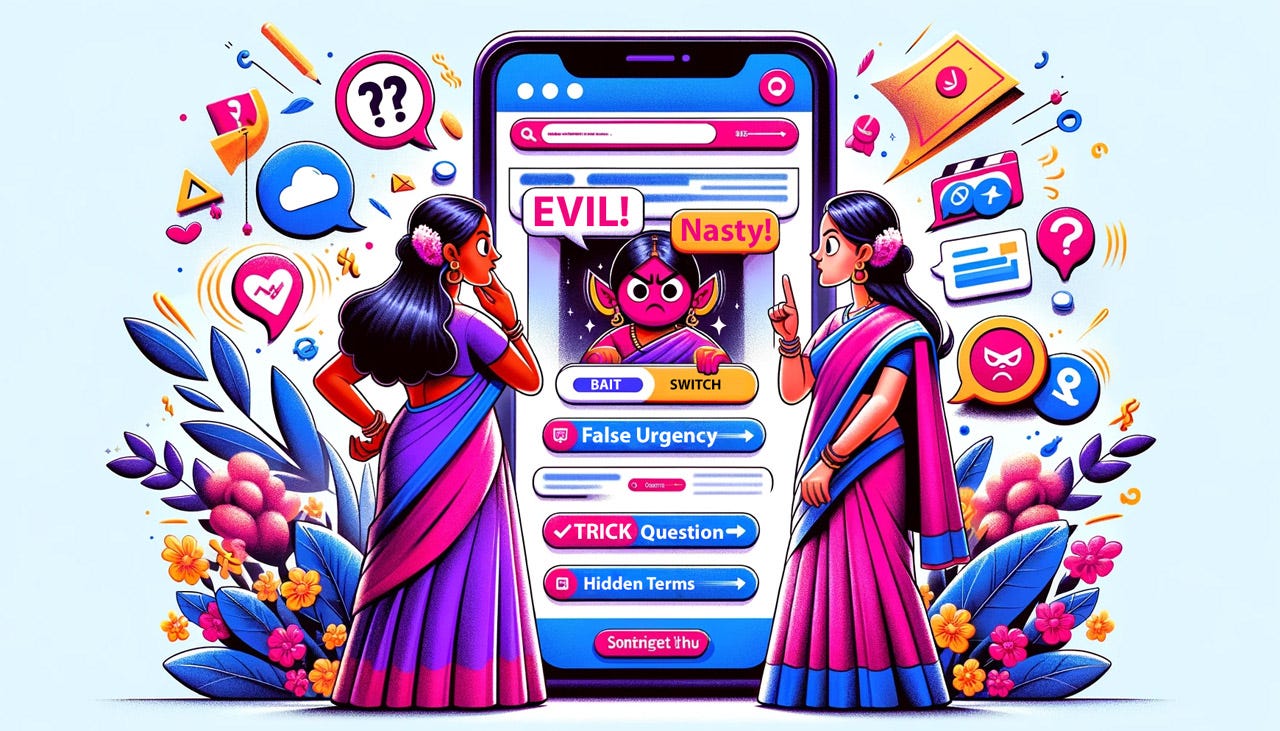

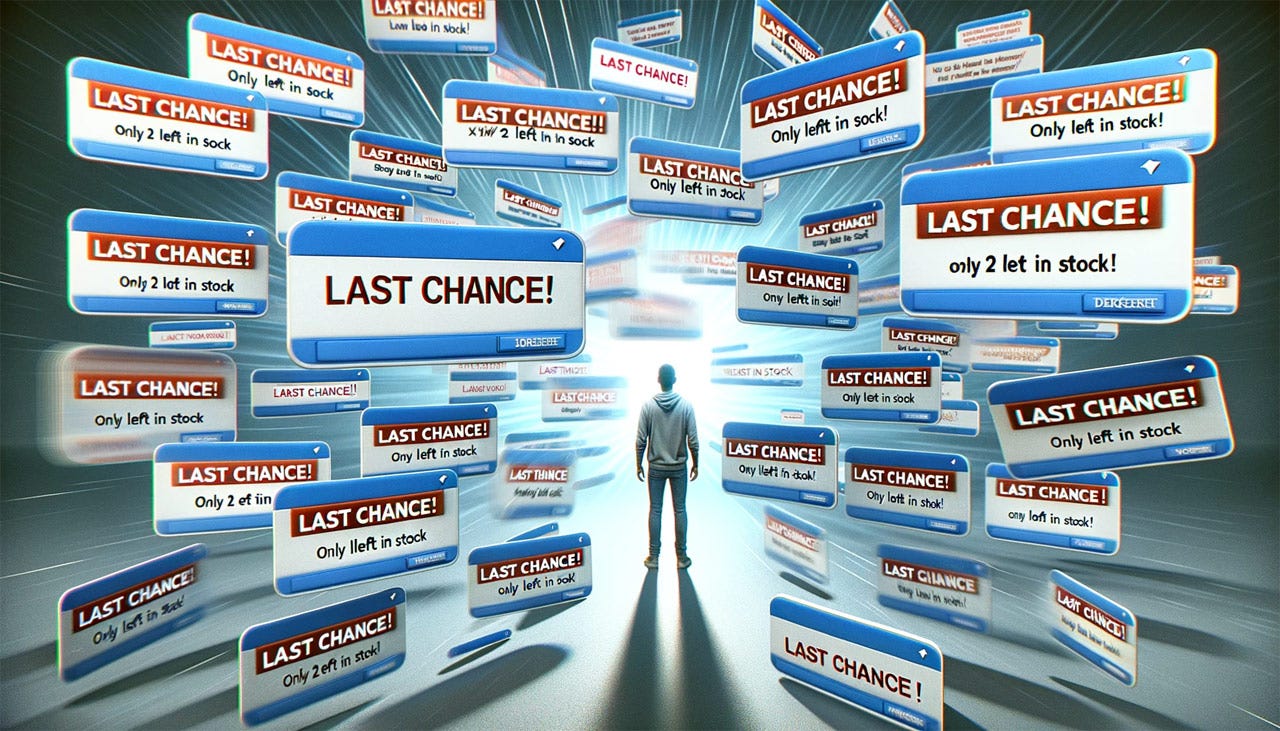

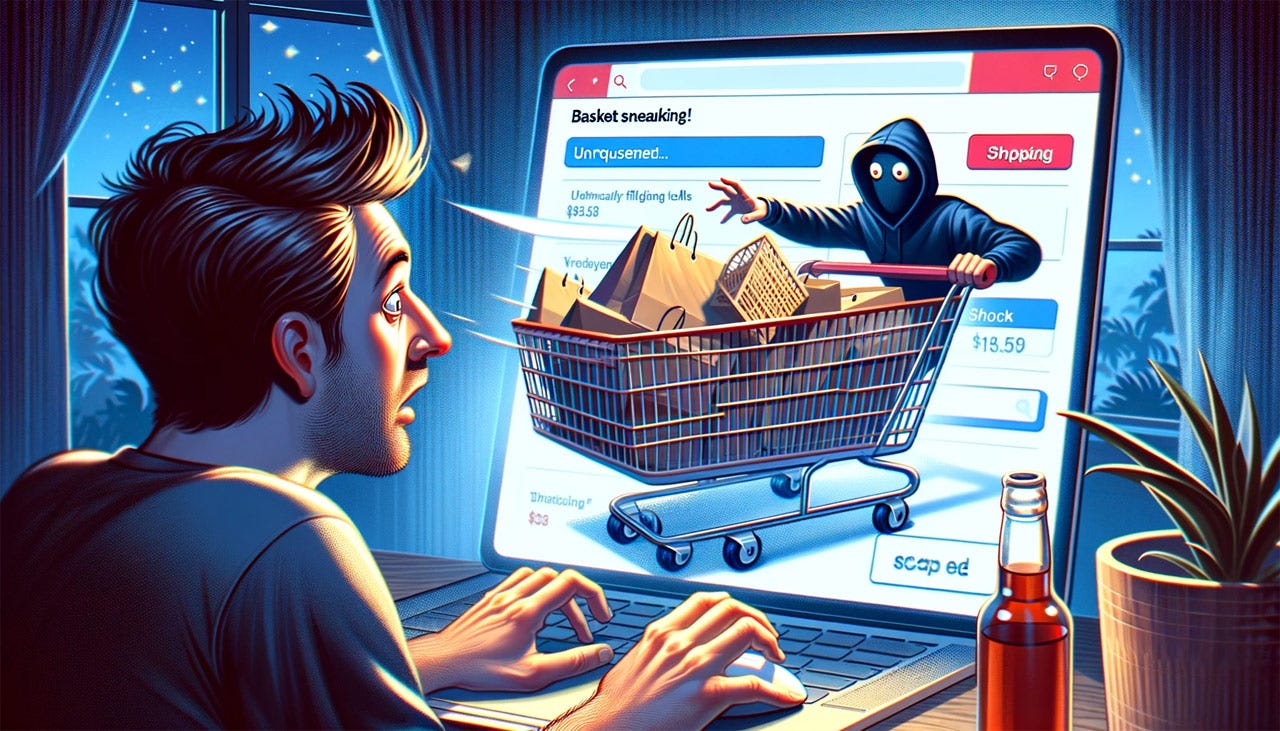

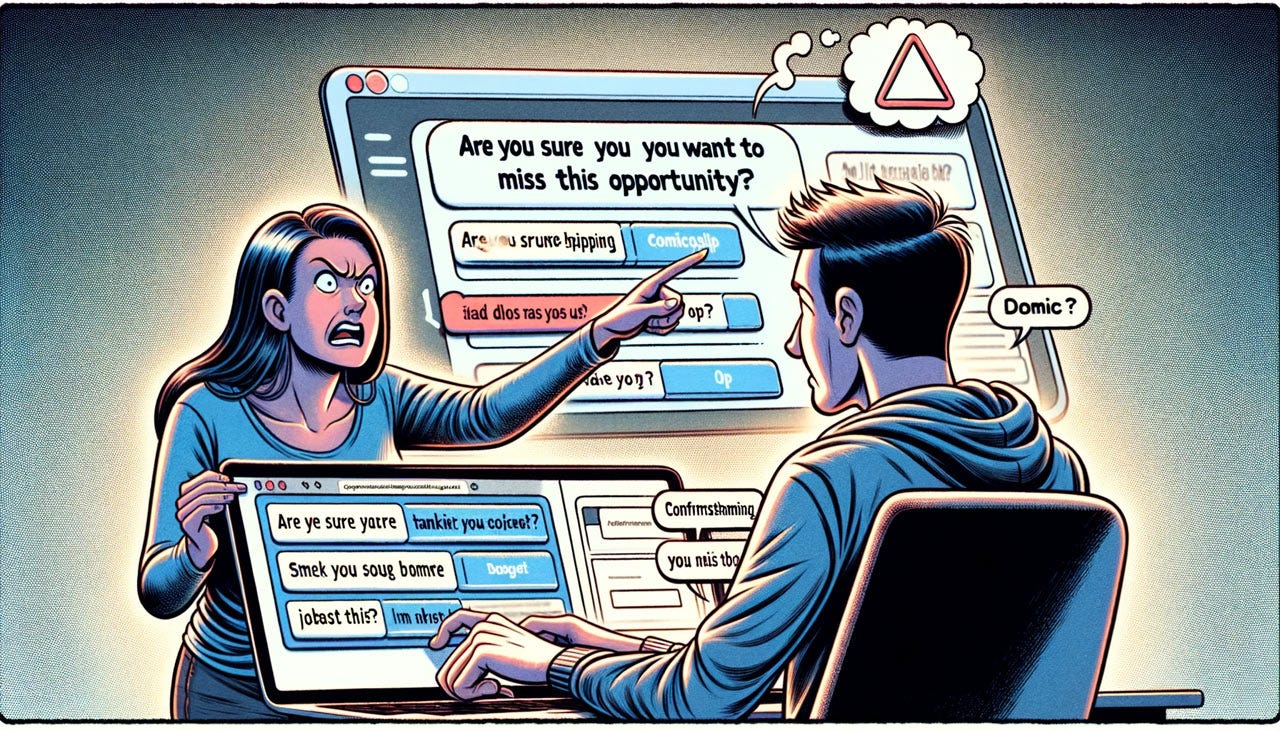



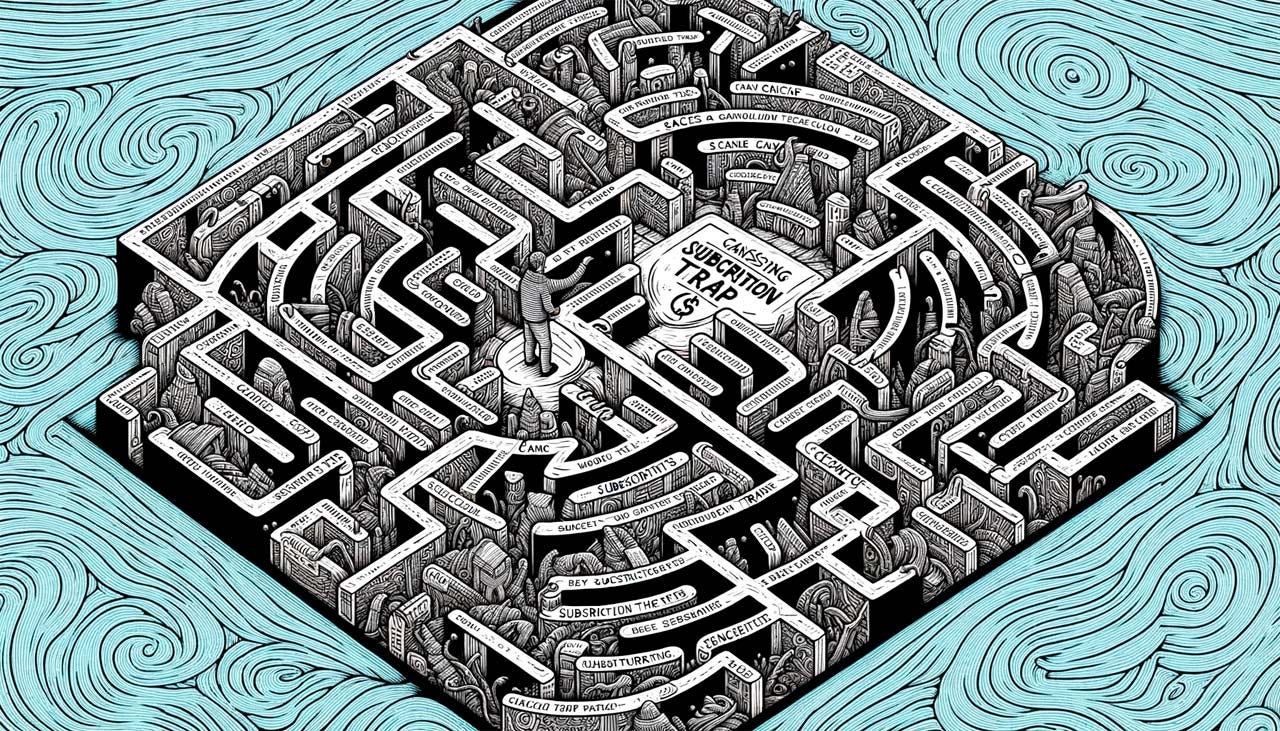







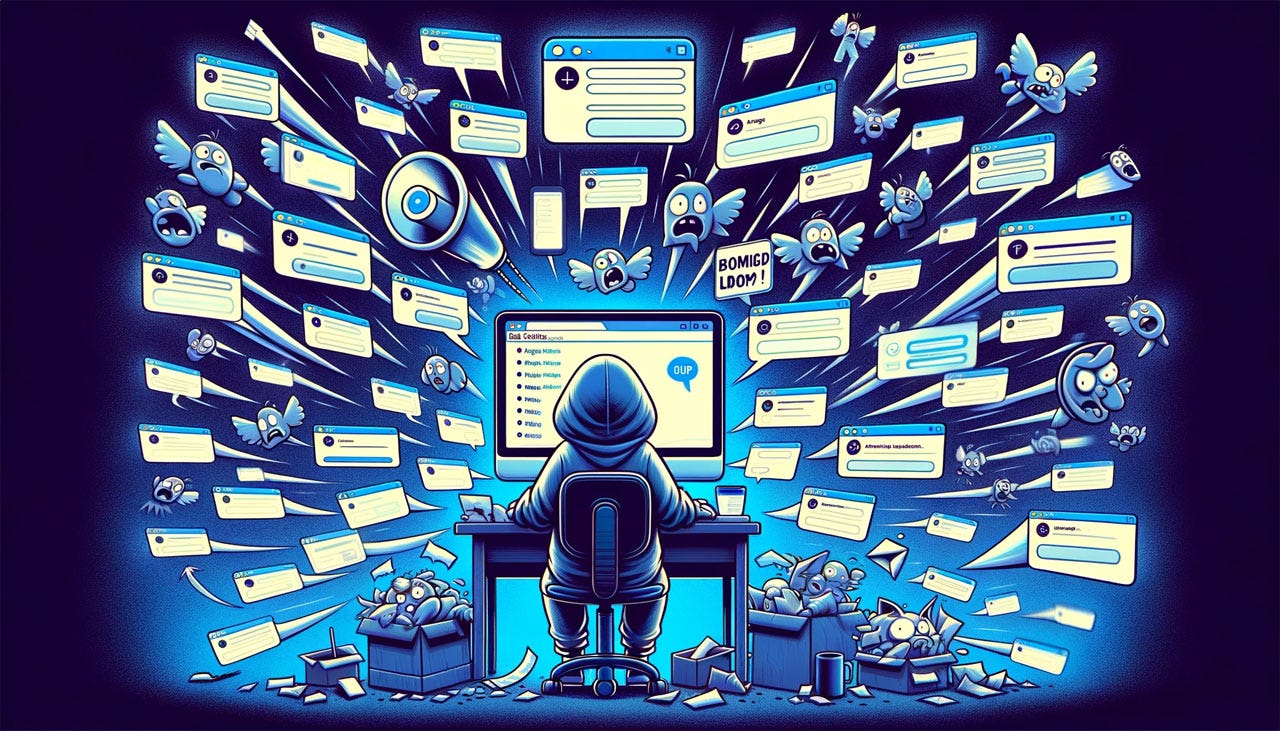





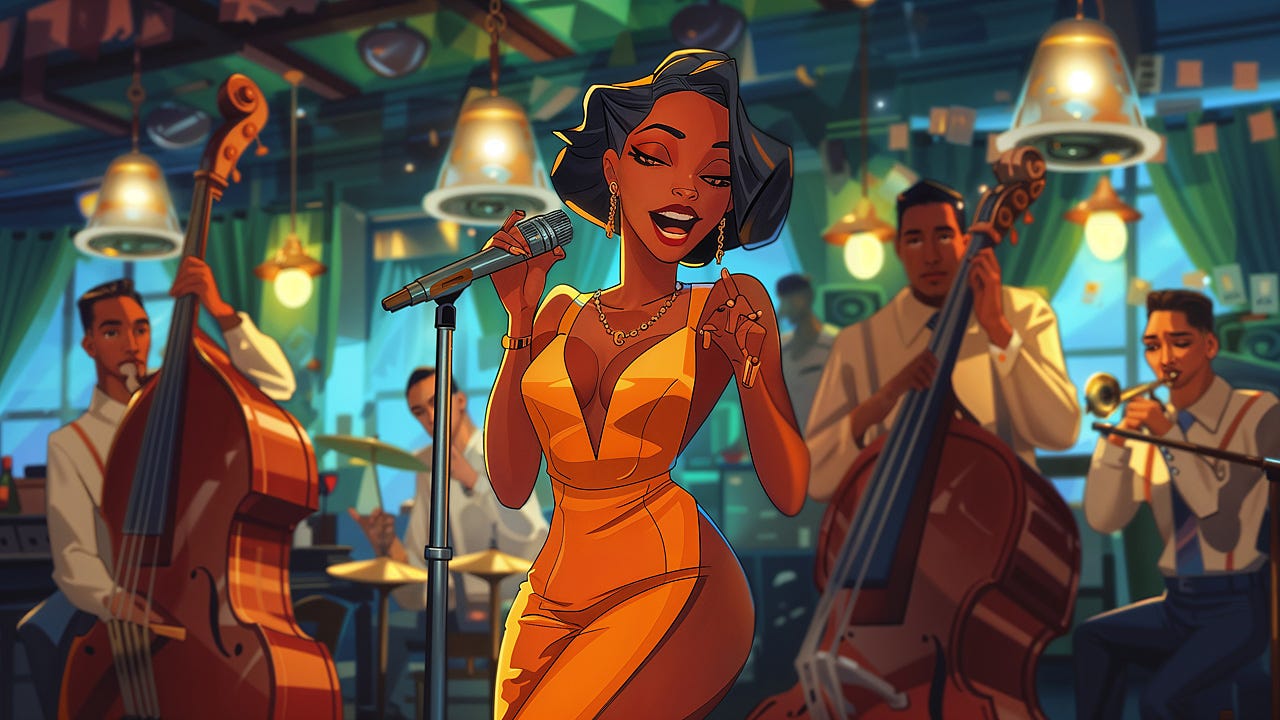

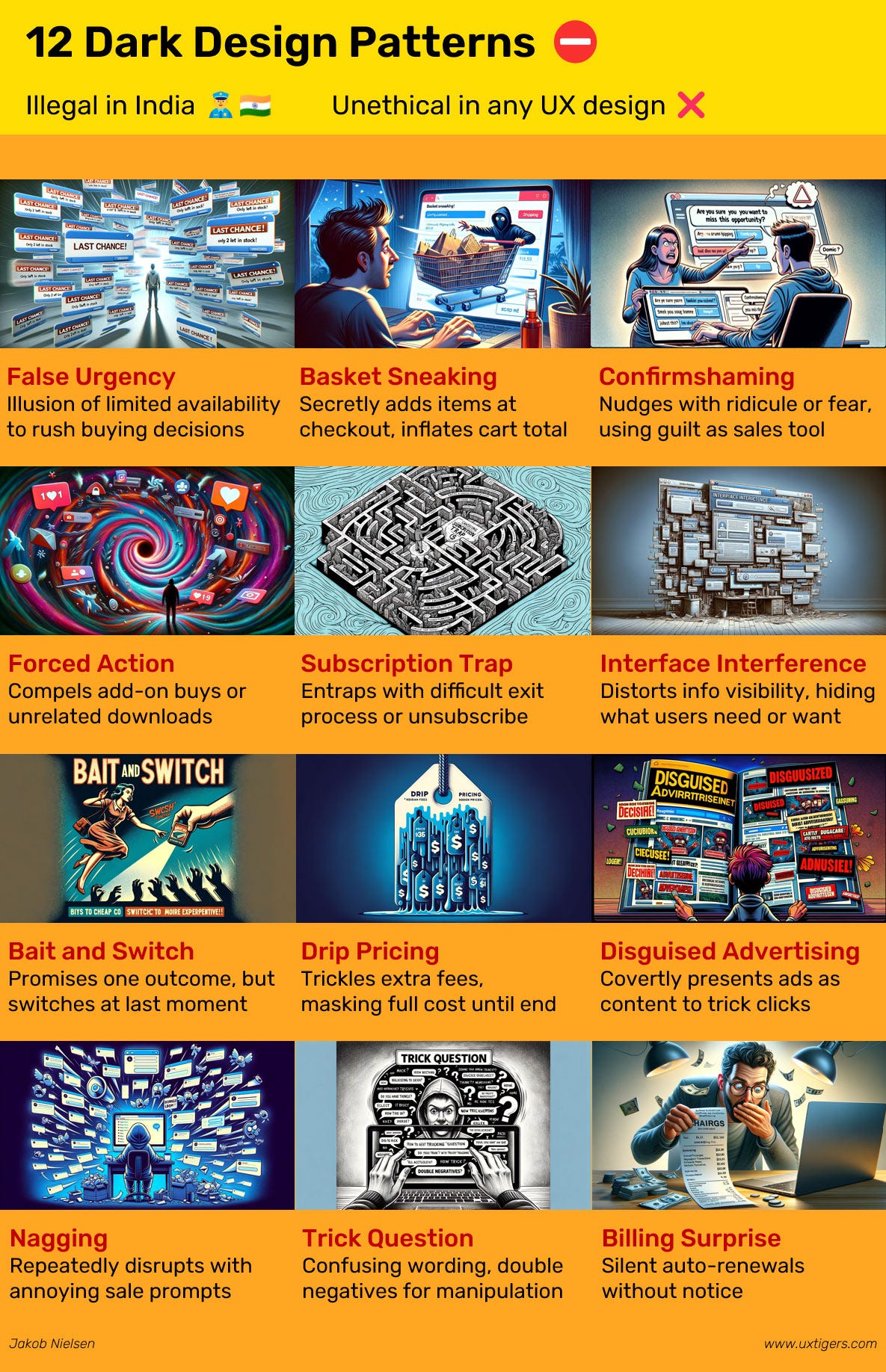
I hope Substack is listening!! Not easy to unsubscribe from paid. Thanks for the article
It seems a bit unethical to provide a summary of all of these dark patterns while also not linking to any of the scholarly or practitioner work on this front over the past 10+ years—including the pattern names themselves. Why not give others some credit, Jakob?
Also, the "skull" ratings without context or argument could do more damage than you might realize in ongoing litigation and regulatory action. How do these ratings relate to real harms or changes in user behavior as revealed through user studies and other empirical work?